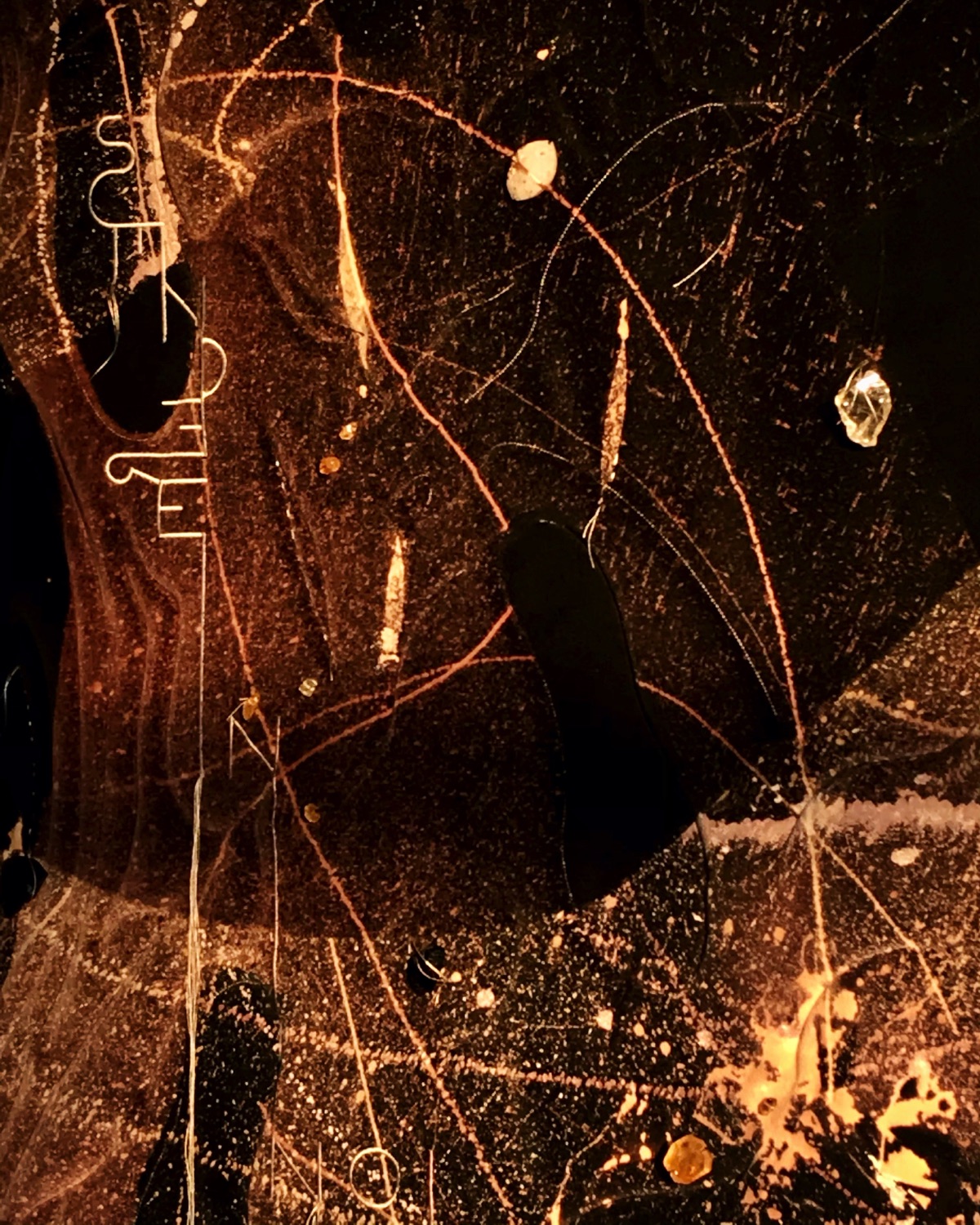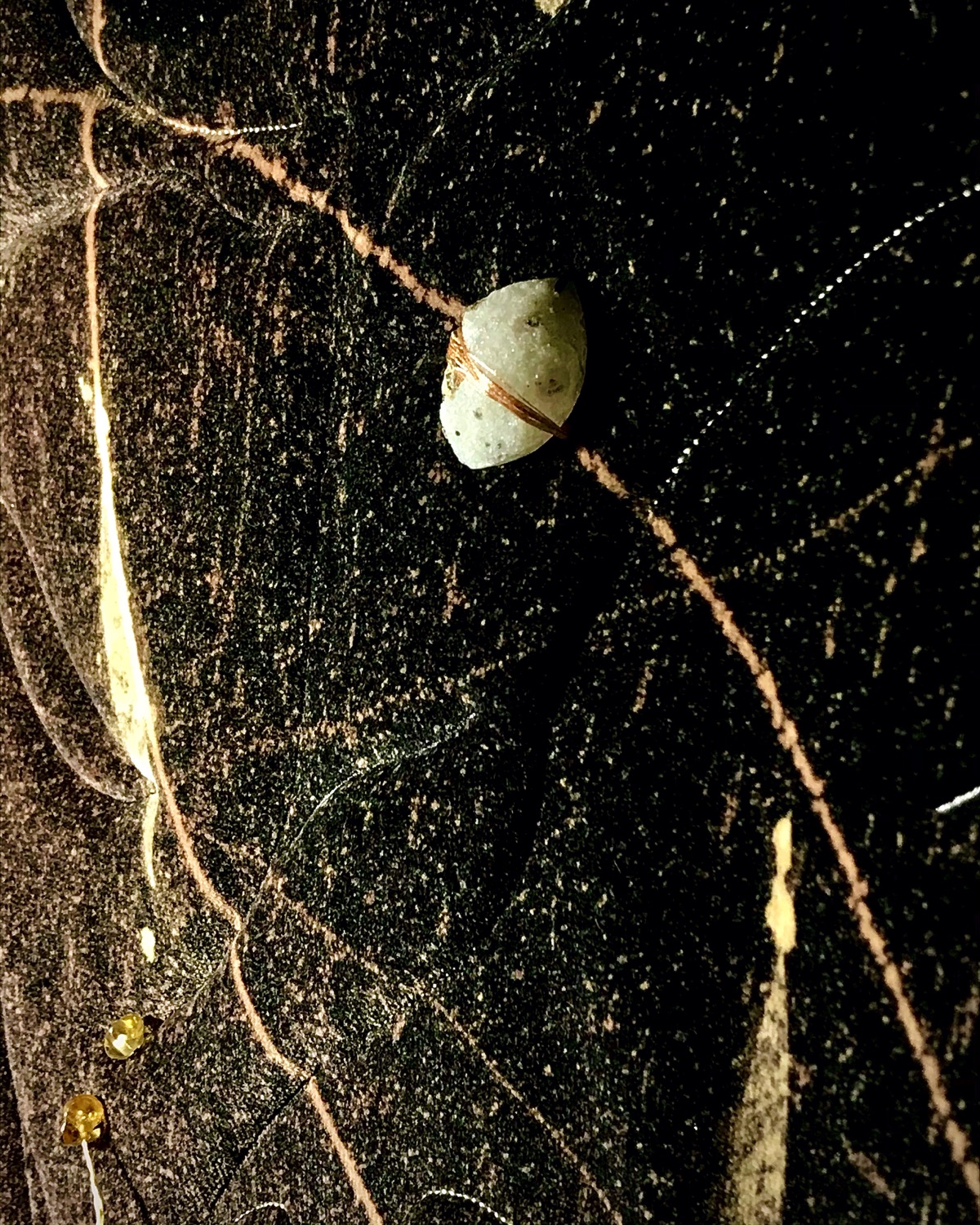
«The house is a dream» – Gio Ponti writes in the pages of Architectures is a crystal, specifying that is Luisa Gusberti’s contribution to the first edition of the work. By linking the poetics of architecture to a feminine feeling, we retrace, in a few acute pages, the idea of living on the edge of dreams and possibilities.
House in the soul

The house in the soul, that is in the female judgment, does not belong only to the possible achievements of Architecture, to what belong to the Architect, but belongs to something more intimate, even impossible; to a complex of desires, abandonments and beauties that you think will never be satisfied. A dream.
In the text, the idea of a primordial nest to which the individual aspires at every step of his existence takes shape, between hope, possibility, denial and continuous research:
Every bird has its nest, perfect as it wants it; it is not a dream, it is a fulfilled possibility. […] For many women and men, this possibility, the dreamed home, is never satisfied (and you will have nowhere to lay your head) and their home is not “their” home. For many, it remains a long dream […]

Starting from a treatment, that of the nest, which seems to recall Bachelard’s “The Poetics of Space”, these few lines open to one of the hottest themes of a present that is found more and more often, face to face, with pain and suffering of those who are forced to leave their homeland, with the promise of a fuzzy and fleeting future.
[…] it is a crystal […] it is a seashell. […] when it is finally up to the Architect to build a house for some of them, he can interpret this dream, this long wait and hope as best he can: does not brutally intervene with his theories and habits.
And here comes the idea of a poetics of the social for those choices that must motivate and inspire the work of the architect. The precious manuscript signed by Gio Ponti seems to sanction, anticipating by decades, what will be called the ethics of care, especially as regards a new concrete urban planning of collective living spaces:
When the ARCHITECHT, the Artist, builds a house he does not seek praise for formal values […] The highest praise to which he must aspire is that the inhabitants tell him: Architect, in this house that you made for us, we live (or have lived) happy: it is dear to us. It is a happy episode in our life.
[…] Imagining its interiors, the ARCHITECT, the Artist, hears the voices between the walls, of woman, of children, of man. He hears a song fly through the window. Hears name shouted […] Hears trades.
[…] thus, it will achieve an aesthetic of safe values, expressed by right forms, an aesthetic of indisputable and true: human forms.
Environmentalism of care and conscious designers

It is a choice against the tide […] Talking about care means making conscious choices to take charge of the future. […] The most common logics appear to be dominated in a perverse way by individualism, by the engulfing economy and by the pressing time. We want to invite you to change pace […] Care can mean apprehension and concern. […] Speaking of care means taking note of a practice of awareness that goes beyond the conventional, but rather reductive, idea of care [relegated as a specific female task], to integrate much wider dimensions of responsibility, emotional and empathic involvement.
Healing is a practice that distances itself from purely abstract or ideal content. It calls for a systematic commitment capable of taking concrete actions […] for the health of our planet […] for the maintenance of living spaces.
[…] Political practice and civil engagement.
As well underlined by Claudia Mattogno in a brilliant essay with the evocative title “Taking care”, our present requires an empathic new relationship with the “plural traces of existences”, so that concrete actions are generated and aimed at respecting both the others and the environment that we live together with the latter. In such context, the urban and architectural treatment becomes the spokesperson for themes that are so universal and portentous as to transcend the specificity of the profession, to embrace reflections that harmoniously sing of existence:
[…] it is an interpretation of life.
Image credits:
– Courtesy Riccardo Beretta, Taccuino.
– Courtesy Riccardo Beretta, Scendere in noi stessi I, 2020. Embroidery on bleached and painted cotton velvet, lava stone, hyaline quartz, citrine quarz, quartzite; 66,5×44,5×5 cm.
– Courtesy Riccardo Beretta, Scendere in noi stessi II, 2021. Embroidery on bleached and painted cotton velvet, lava stone, hyaline quartz, citrine quarz, rose quartz, smoky quartz, eosite quartz, quartzite, rhodochrosite; 102x63x7 cm.
– Courtesy Riccardo Beretta, Immaginazione Volontà Sogno #02, 2020. Embroidery on painted cotton velvet; 90×57 cm.
Bibliographical references
– Ferran Florence, Mattogno Claudia, Metta Annalisa, Coltiviamo il nostro giardino. Osare nuovi paesaggi, prendersi cura, inselvatichire il mondo, DeriveApprodi, Roma 2019.
– Ponti Gio, Amate l’architettura. L’architettura è un cristallo, Rizzoli, Milano 2015.



